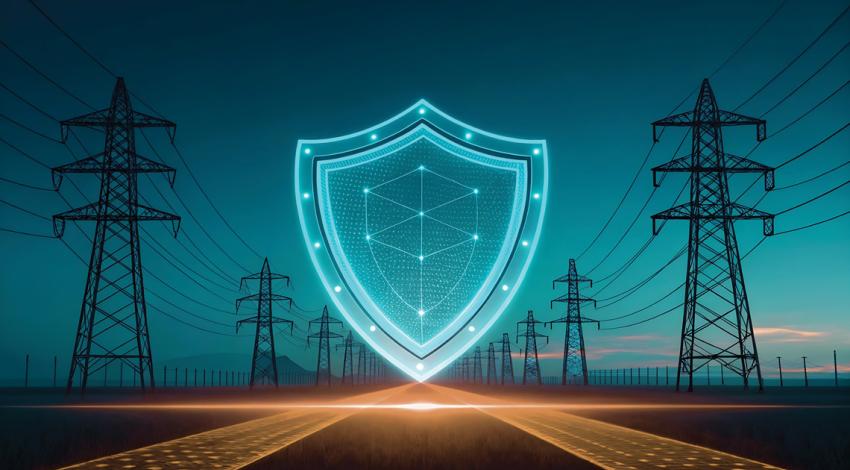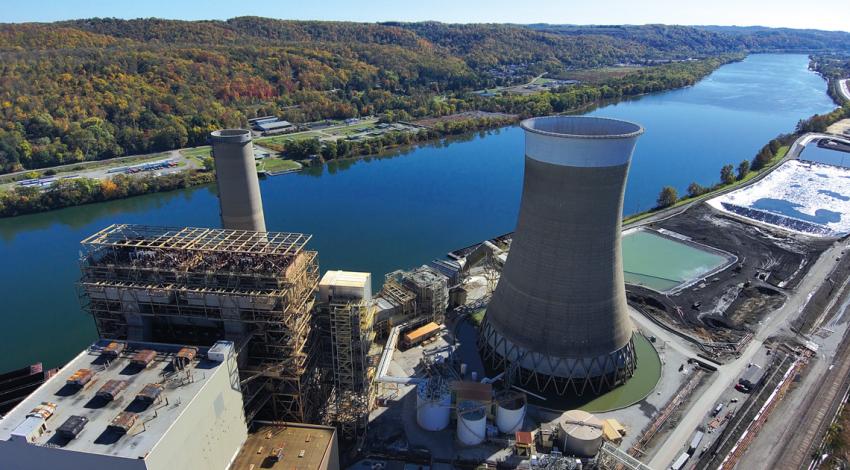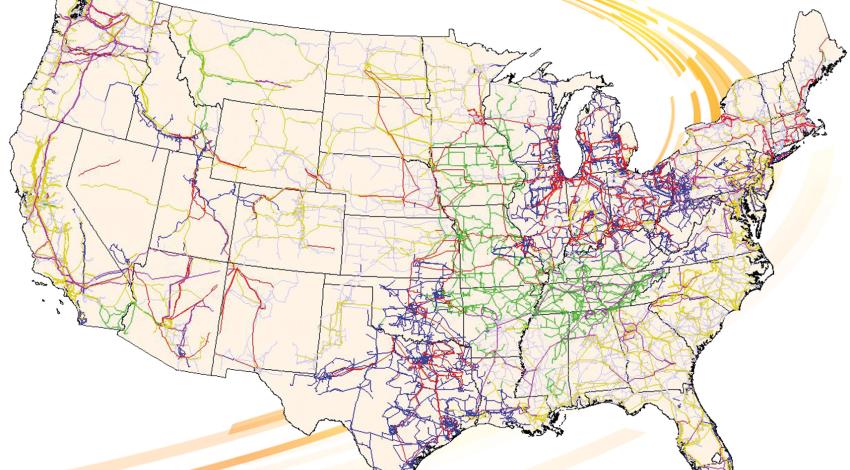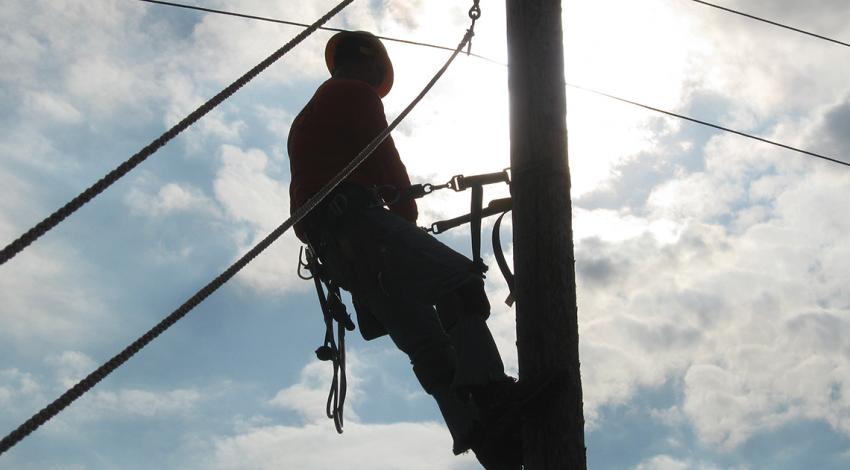In an increasingly digital world, cybersecurity has become second nature to most of us. We lock our phones, use strong passwords, and enable two-factor authentication to protect our personal data. We’re alert for phishing attempts and digital scams that seek to exploit our trust or steal sensitive information. They’re practices that reflect a broader principle: securing what matters.
electric grid
January is always a good time to take stock of things — to prepare for what’s ahead in the coming year — and often, your electric cooperative finds a long list of upcoming events and things to consider as we try to make sure we’re ready for whatever comes our way. Our list seems to be a little shorter this year, but that doesn’t mean we have less to do or less to worry about. We have some important long-term goals that we need to make progress on to ensure that we can continue to provide the reliable and affordable electric service that you’ve come to expect.
In June of 2022, after fierce storms ripped through the region, areas in and around Columbus were hit with power outages. Residents flocked to cooling centers as temperatures soared into the 90s.
That emergency balancing act is known by many names, including “intermittent outage” or “forced outage,” but is most commonly called a “rolling blackout.” It can happen when a peak in electricity use — usually during extremely hot or extremely cold weather — coincides with significant gaps in the generation or transmission of electricity, says Ben Wilson, director of power delivery engineering for Buckeye Power, which supplies electricity to Ohio’s electric cooperatives.
Your electric cooperative’s mission to provide members’ homes and businesses with reliable, affordable, environmentally responsible electricity has faced its share of obstacles through the decades. In the past several months, I have warned of threats to our electric system’s reliability from overly ambitious environmental regulations.
Again in late March and early April, a series of powerful storms swept through Ohio — this time bringing gale-force winds that brought down trees, snapped utility poles, and pulled wide stretches of power line to the ground, causing electricity to stop flowing to homes and
For the vast majority of time, no one really thinks about electricity or where it comes from, or how it gets to that lightbulb. It’s only during that fraction of a percent of the hours in a year when power is not available that the grid comes to public attention.
But what is ‘the grid’?
In the United States, the electricity industry has a generating capacity of 1.1 million megawatts, serving up electricity to nearly every home and business — including over a million Ohioans and 42 million people across the country who are served by electric cooperatives.
Sometime soon — perhaps sometime this month, but certainly in July and August — you’re likely to see a “peak alert” notice from your electric cooperative.
What’s the peak?
It’s important that consumer-members are aware of those peaks because electric rates for the entire year are based on the highest points of usage during the year, referred to as “peak demand.”
April 12 is Lineworker Appreciation Day, when we take time to honor the bravery and dedication of the people who do the dangerous work of keeping our lights on every day.
It’s easy to take the luxury and convenience of electricity for granted. It’s invisible and so reliably available that we seldom give it a second thought. Even after the devastation of those southern Ohio ice storms, we took comfort in knowing that once our workers got the lines restored, those lights would go right back on, thanks to a reliable source of electricity.
















